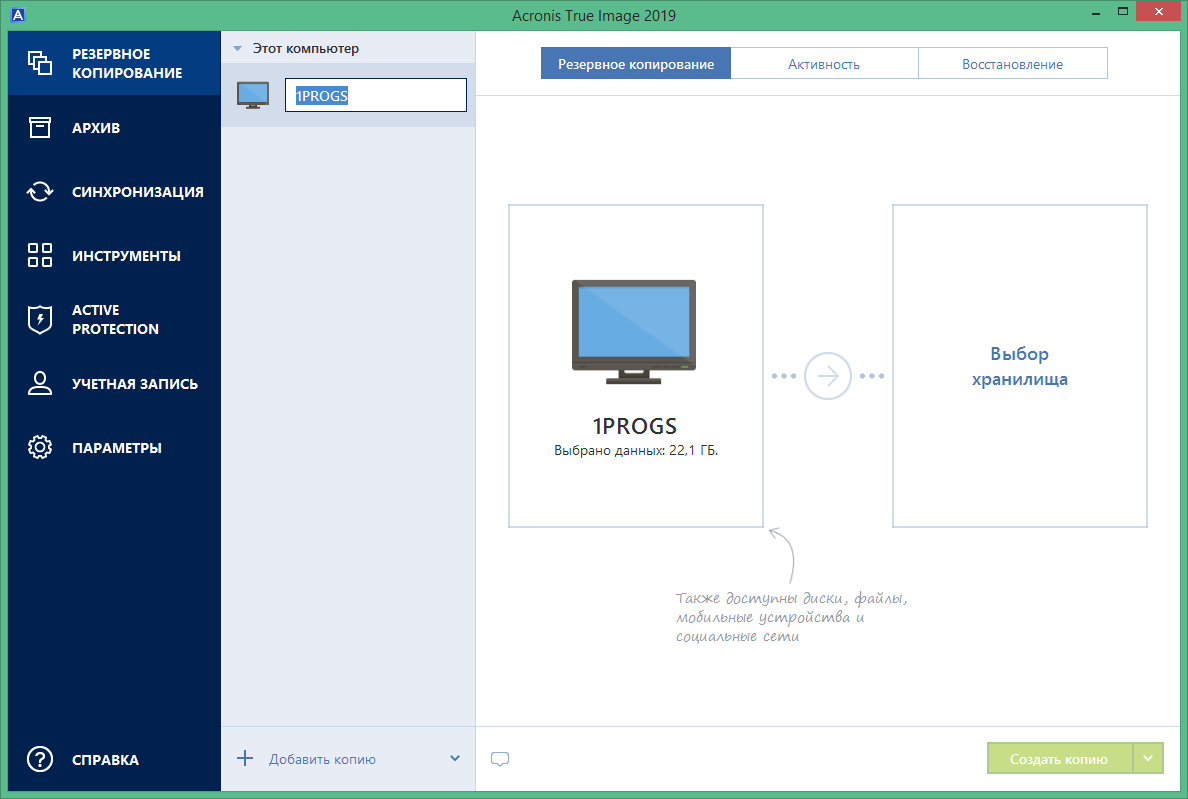

Both MBR and GPT partition formats of hard drive are supported.
 Boot loader, including grub (version 1 and version 2) and syslinux, could be reinstalled. LVM2 (LVM version 1 is not) under GNU/Linux is supported. For unsupported file system, sector-to-sector copy is done by dd in Clonezilla. For these file systems, only used blocks in partition are saved and restored by Partclone. Therefore you can clone GNU/Linux, MS windows, Intel-based Mac OS, FreeBSD, NetBSD, OpenBSD, Minix, VMWare ESX and Chrome OS/Chromium OS, no matter it’s 32-bit (x86) or 64-bit (x86-64) OS. Many File systems are supported: (1) ext2, ext3, ext4, reiserfs, reiser4, xfs, jfs, btrfs, f2fs and nilfs2 of GNU/Linux, (2) FAT12, FAT16, FAT32, NTFS of MS Windows, (3) HFS+ of Mac OS, (4) UFS of FreeBSD, NetBSD, and OpenBSD, (5) minix of Minix, and (6) VMFS3 and VMFS5 of VMWare ESX. If Tablo uses an ext4 file system the Clonezilla might work: Still, that’s not to say it’s not great for Mac users, just, probably not the tool for this task, but then, I’m not a technician.
Boot loader, including grub (version 1 and version 2) and syslinux, could be reinstalled. LVM2 (LVM version 1 is not) under GNU/Linux is supported. For unsupported file system, sector-to-sector copy is done by dd in Clonezilla. For these file systems, only used blocks in partition are saved and restored by Partclone. Therefore you can clone GNU/Linux, MS windows, Intel-based Mac OS, FreeBSD, NetBSD, OpenBSD, Minix, VMWare ESX and Chrome OS/Chromium OS, no matter it’s 32-bit (x86) or 64-bit (x86-64) OS. Many File systems are supported: (1) ext2, ext3, ext4, reiserfs, reiser4, xfs, jfs, btrfs, f2fs and nilfs2 of GNU/Linux, (2) FAT12, FAT16, FAT32, NTFS of MS Windows, (3) HFS+ of Mac OS, (4) UFS of FreeBSD, NetBSD, and OpenBSD, (5) minix of Minix, and (6) VMFS3 and VMFS5 of VMWare ESX. If Tablo uses an ext4 file system the Clonezilla might work: Still, that’s not to say it’s not great for Mac users, just, probably not the tool for this task, but then, I’m not a technician. 
SuperDuper! only copies APFS (Apple File System) and HFS+ (Mac OS Extended) volumes. SuperDuper v3.2.4 requires Yosemite (macOS 10.10) or later, and is Mojave (macOS 10.14) compatible with both HFS+ and APFS volumes. As great as this is… you first must meet: System Requirements







 0 kommentar(er)
0 kommentar(er)
